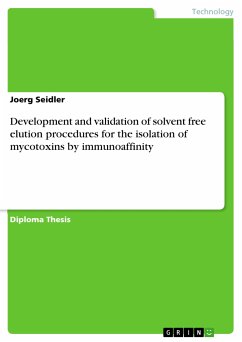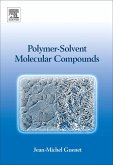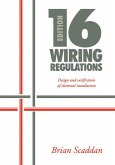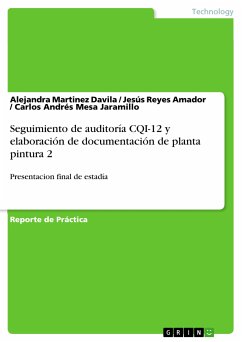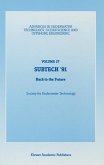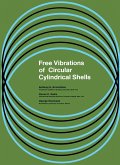Diploma Thesis from the year 2007 in the subject Food Technology, grade: 1,0, University of Applied Sciences Aalen (Institute for Reference Materials & Measurements (IRMM), Geel, Belgien), language: English, abstract: To ensure the health of humans and animals, the production of safe food and feed is indispensable. All over the world, food-borne diseases are among the most widespread health problems. These health problems are either of infectious origin, e.g. Salmonella, or they are associated with the consumption of toxic products, e.g. natural toxins such as mycotoxins or industrial chemical residues as for example polychlorinated biphenols (PCBs). Especially for natural toxins the monitoring of possible contamination in food- and feedstuffs is an important and complex issue, causing a huge investment in time and effort by many regulatory and industrial laboratories. For more than 30 years, considerable research has also been devoted to develop methods for detecting and determining mycotoxins in foods, feeds and biological fluids. But still, demands from consumers and regulators constantly grow to improve the quality and moreover the safety of food. To supply regulators, consumers and industry with long-term solutions to the complex problems associated with chemical contaminant monitoring, the European Commission has made several calls in its 4th, 5th, 6th and the current 7th Research Framework Program to improve methodologies for mycotoxin determinations. As a result of a recent call in the 6th framework program, the so called BioCop - Project was launched. The aim of BioCop is to develop fast and cost-effective technologies for the screening of food contaminants. One approach within the project is to identify specific transcriptional "alarm" responses to phytoestrogens, organochlorine pesticides and also mycotoxins.1 The Community Reference Laboratory (CRL) for Mycotoxins as a partner in BioCop focuses on novel determination techniques for mycotoxins
Dieser Download kann aus rechtlichen Gründen nur mit Rechnungsadresse in A, B, BG, CY, CZ, D, DK, EW, E, FIN, F, GR, HR, H, IRL, I, LT, L, LR, M, NL, PL, P, R, S, SLO, SK ausgeliefert werden.

